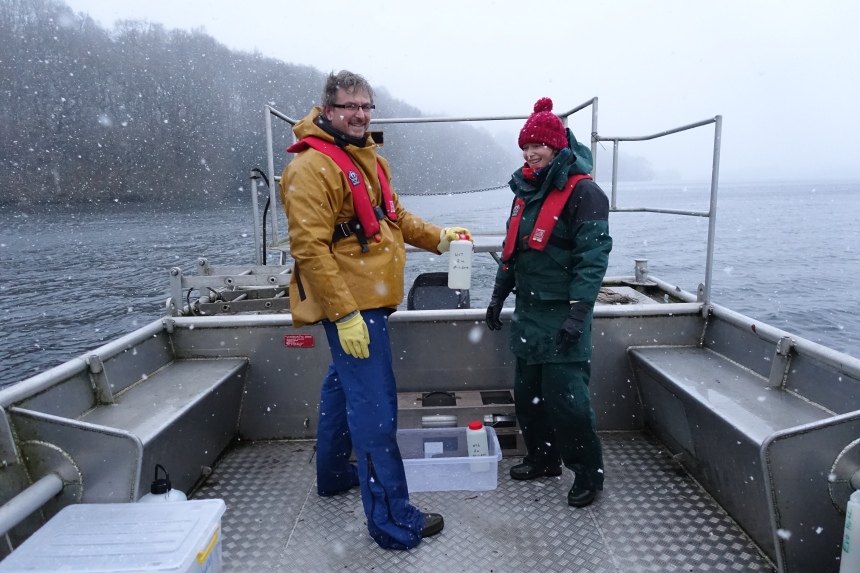Professor Brad Gibson, Director of Research in the Department of Physics and Mathematics, has been appointed to the international advisory committee of the Joint Institute for Nuclear Astrophysics (JINA).
JINA brings together diverse physicists’ expertise from around the world to address open scientific questions in nuclear physics and astrophysics.
Professor Brad Gibson‘s role on the committee will utilise his unique and specialist knowledge in the field of galaxy physics and the chemical evolution of galaxies.

Professor Brad Gibson
Professor Gibson’s work in the field of galactic chemical evolution led to his development of an advanced suite of software which is now an industry-standard tool.
Using this software, Professor Gibson determined the likely locations in the Milky Way harbouring complex biological life, research that was acknowledged by National Geographic magazine as one of the top news stories of the year.
Professor Gibson said, “JINA is the driving force behind the world-wide effort aimed at pinpointing the origins of all the chemical elements. To be appointed to their International Advisory Committee and share responsibility for shaping the research priorities for the community is a truly surprising honour.”
Professor Gibson’s appointment comes ahead of the official opening of the University of Hull’s new E.A. Milne Centre for Astrophysics on 16th October, of which Professor Gibson is Director.
Professor Dan Parsons, Associate Dean for Research in the Faculty of Science and Engineering said, “This is fantastic news for the Faculty and the University and great recognition for the dynamic astrophysics grouping at Hull led by Professor Gibson.”










